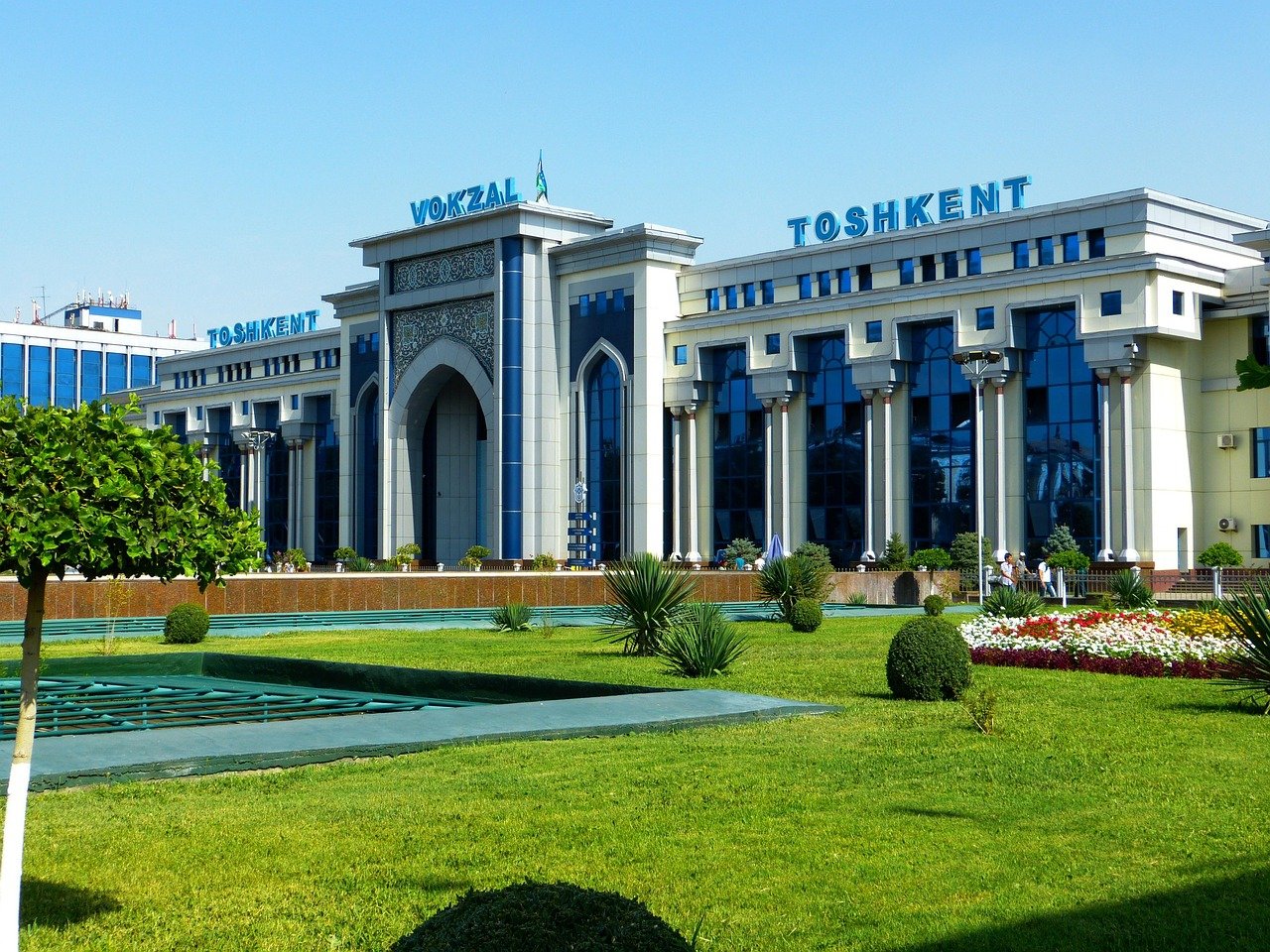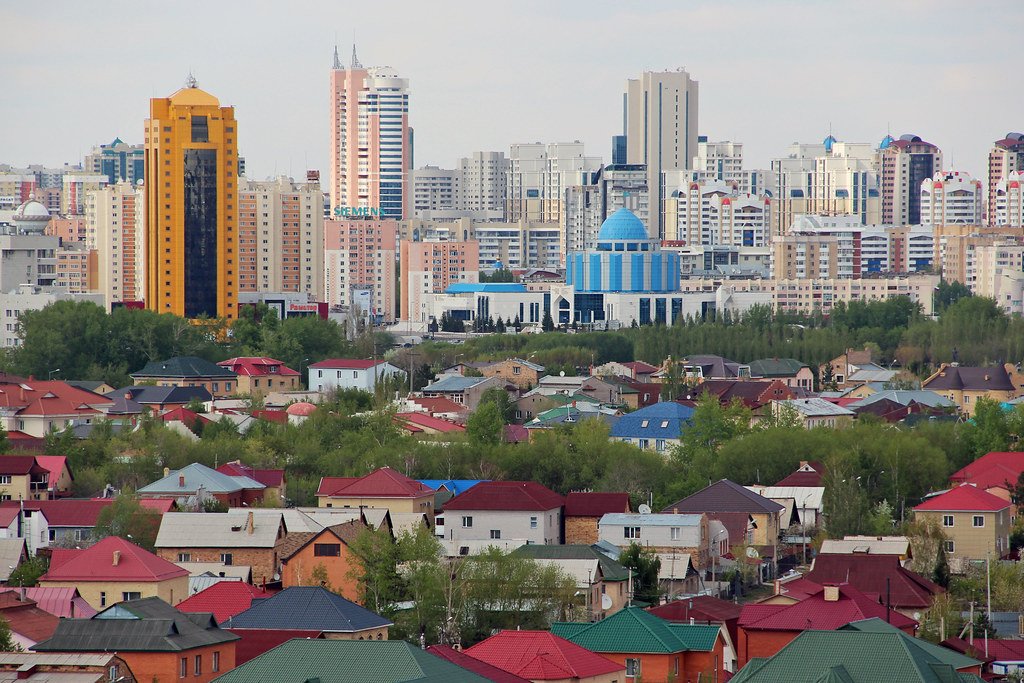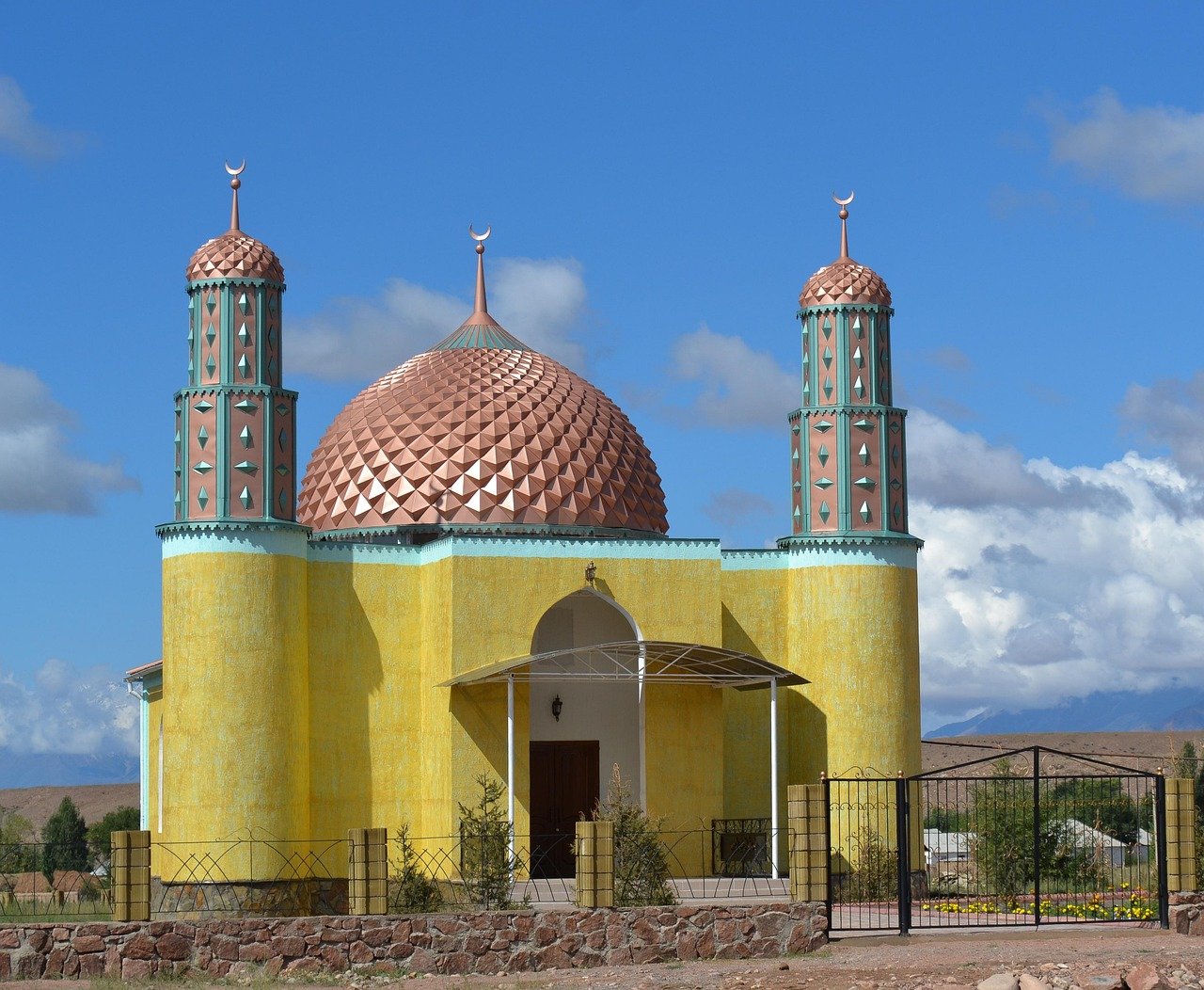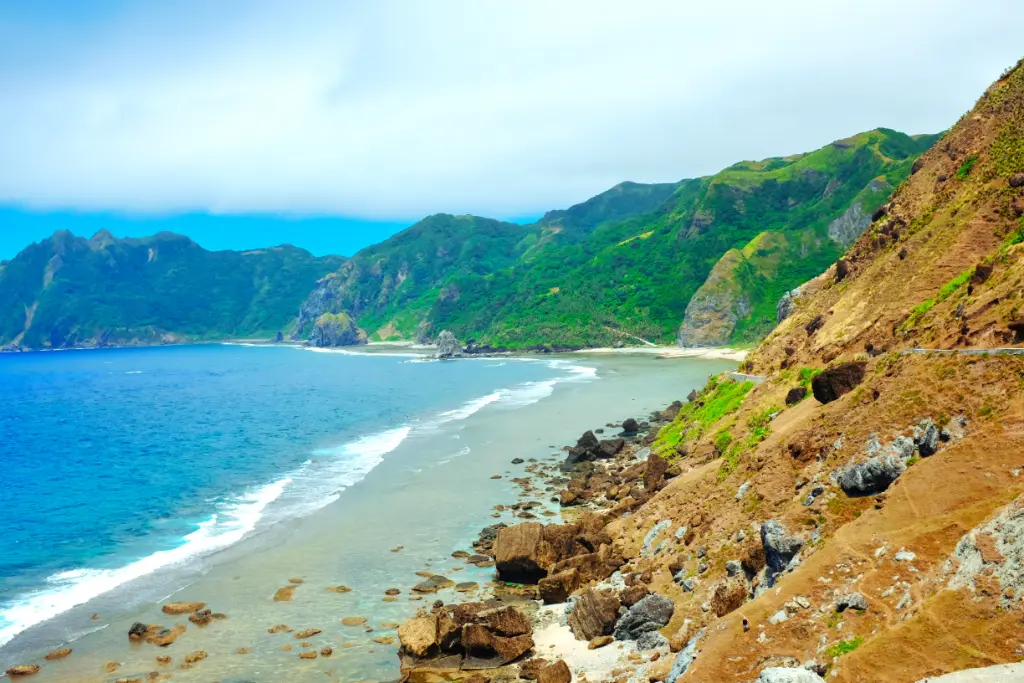The Silk Road, an ancient network of trade routes that connected the East and West, is synonymous with adventure, discovery, and cultural exchange. Stretching from China to the Mediterranean, this historic route traverses some of the most breathtaking landscapes and culturally rich regions in the world. Central Asia, the heart of the Silk Road, is a treasure trove of history, architecture, and natural beauty. A Silk Road adventure in Central Asia offers a unique opportunity to step back in time and explore the legacy of this legendary trade route. This article takes you on a detailed journey through the key destinations, experiences, and insights for an unforgettable Silk Road adventure.
Key Takeaways:
- Rich History: Central Asia is a living museum of the Silk Road, with ancient cities, caravanserais, and monuments that tell the story of this legendary trade route.
- Cultural Diversity: The region’s unique blend of Turkic, Persian, and Mongol influences is reflected in its art, music, and cuisine.
- Stunning Landscapes: From the deserts of Uzbekistan to the mountains of Kyrgyzstan, Central Asia offers some of the most dramatic and beautiful landscapes in the world.
- Authentic Experiences: Stay in traditional yurts, explore bustling bazaars, and interact with local communities for a truly immersive experience.
- Adventure Opportunities: Whether trekking through remote valleys or riding camels in the desert, Central Asia offers endless opportunities for adventure.
The Silk Road: A Brief History
The Silk Road was not a single path but a complex network of routes that facilitated the exchange of goods, ideas, and cultures between civilizations.

It got its name from the lucrative silk trade, which began in China during the Han Dynasty (206 BCE–220 CE). However, the Silk Road also transported spices, precious metals, textiles, and even religions like Buddhism and Islam.
Central Asia, with its strategic location, played a pivotal role in the Silk Road’s history. Cities like Samarkand, Bukhara, and Khiva became thriving hubs of commerce, culture, and learning.
Today, these cities are living museums, preserving the legacy of the Silk Road through their stunning architecture, vibrant bazaars, and rich traditions.
Why Explore the Silk Road in Central Asia?
Central Asia is a region of contrasts, where ancient traditions meet modern influences, and rugged landscapes give way to lush oases. A Silk Road adventure in Central Asia offers:
- Historical Significance: Explore UNESCO World Heritage Sites and ancient cities that were once the crossroads of civilizations.
- Cultural Diversity: Experience the unique blend of Turkic, Persian, and Mongol influences in the region’s art, music, and cuisine.
- Natural Beauty: Discover dramatic landscapes, from the deserts of Uzbekistan to the mountains of Kyrgyzstan.
- Authentic Experiences: Stay in traditional yurts, haggle in bustling bazaars, and interact with local communities.
- Adventure: Trek through remote valleys, ride camels in the desert, and follow in the footsteps of legendary explorers like Marco Polo.
Key Destinations for a Silk Road Adventure in Central Asia
Uzbekistan: The Jewel of the Silk Road
Uzbekistan is the crown jewel of the Silk Road, home to some of the most iconic cities and architectural wonders.

- Samarkand:
Known as the “Crossroad of Cultures,” Samarkand is a city of grandeur and beauty.- Registan Square: A stunning ensemble of madrasas (Islamic schools) adorned with intricate tilework.
- Gur-e-Amir Mausoleum: The final resting place of the conqueror Timur (Tamerlane).
- Bibi-Khanym Mosque: A masterpiece of Islamic architecture.
- Bukhara:
A living museum of the Silk Road, Bukhara is a city of minarets, mosques, and madrasas.- Ark Fortress: A massive citadel that served as the residence of Bukhara’s rulers.
- Kalyan Minaret: A towering symbol of the city, known as the “Tower of Death.”
- Lyab-i Hauz: A tranquil square surrounding a historic pool.
- Khiva:
A well-preserved city that feels like stepping into a fairy tale.- Itchan Kala: The walled inner city, a UNESCO World Heritage Site.
- Kalta Minor Minaret: A short but striking minaret covered in blue tiles.
- Juma Mosque: A mosque with 218 wooden columns.
Kazakhstan: The Land of the Great Steppe
Kazakhstan, the largest country in Central Asia, offers a mix of modernity and tradition.

- Almaty:
The cultural and economic hub of Kazakhstan.- Medeu Skating Rink: A high-altitude rink surrounded by mountains.
- Big Almaty Lake: A stunning alpine lake with turquoise waters.
- Zenkov Cathedral: A colorful wooden cathedral in Panfilov Park.
- Charyn Canyon:
Often compared to the Grand Canyon, this natural wonder features dramatic rock formations and hiking trails. - Turkestan:
A historic city with deep spiritual significance.- Mausoleum of Khoja Ahmed Yasawi: A UNESCO World Heritage Site and a masterpiece of Timurid architecture.
Kyrgyzstan: The Land of Nomads
Kyrgyzstan is a paradise for nature lovers and adventure seekers.

- Bishkek:
The capital city, known for its Soviet-era architecture and vibrant markets.- Ala-Too Square: The central square with a statue of Manas, the national hero.
- Osh Bazaar: A bustling market offering everything from spices to traditional crafts.
- Issyk-Kul Lake:
The second-largest alpine lake in the world, surrounded by snow-capped mountains.- Karakol: A charming town near the lake, known for its wooden church and vibrant bazaar.
- Tash Rabat:
A well-preserved caravanserai (ancient inn) on the Silk Road, located in a remote valley.
Tajikistan: The Roof of the World
Tajikistan is a land of rugged mountains and ancient traditions.

- Dushanbe:
The capital city, known for its parks and museums.- National Museum of Tajikistan: Home to artifacts from the Silk Road era.
- Hissar Fortress: A historic site just outside the city.
- Pamir Highway:
One of the world’s most scenic drives, offering breathtaking views of the Pamir Mountains.- Wakhan Valley: A remote region with stunning landscapes and traditional villages.
Turkmenistan: The Land of Mysteries
Turkmenistan is a country of contrasts, with its vast deserts and futuristic architecture.

- Ashgabat:
The capital city, known for its white marble buildings and grandiose monuments.- Independence Monument: A towering structure symbolizing the country’s sovereignty.
- Tolkuchka Bazaar: A vibrant market offering traditional crafts and carpets.
- Merv:
An ancient city and UNESCO World Heritage Site, once one of the largest cities in the world.- Sultan Sanjar Mausoleum: A stunning example of Seljuk architecture.
Conclusion: Embark on a Journey Through Time
A Silk Road adventure in Central Asia is more than just a trip; it’s a journey through time and culture.
From the grandeur of Samarkand to the rugged beauty of the Pamir Mountains, this region offers a wealth of experiences that will leave you inspired and enriched.
Whether you’re a history buff, a nature lover, or an adventure seeker, Central Asia has something for everyone.
So pack your bags, follow in the footsteps of ancient traders, and discover the magic of the Silk Road. Your adventure awaits!
FAQs: Silk Road Adventure in Central Asia
What is the best time to visit Central Asia?
The best time to visit Central Asia is during the spring (April to June) and autumn (September to October) when the weather is mild and pleasant. Summers can be extremely hot, especially in the deserts, while winters are cold and snowy in the mountains.
Do I need a visa to travel to Central Asia?
Visa requirements vary by country. Uzbekistan and Kyrgyzstan offer visa-free entry or e-visas for many nationalities, while Kazakhstan, Tajikistan, and Turkmenistan may require a visa. Check the latest visa regulations before your trip.
Is it safe to travel in Central Asia?
Central Asia is generally safe for travelers, with low crime rates and friendly locals. However, it’s important to stay informed about local customs and regulations, especially in more remote areas.
What should I pack for a Silk Road adventure?
Pack light but include essentials like:
- Comfortable clothing and sturdy footwear.
- A hat, sunglasses, and sunscreen for sun protection.
- A reusable water bottle and water purification tablets.
- A camera or smartphone for capturing the stunning landscapes.
- A small first-aid kit with medications for common travel ailments.
How can I travel sustainably in Central Asia?
To travel sustainably:
- Respect local customs and traditions.
- Support local businesses by buying handmade crafts and staying in family-run guesthouses.
- Minimize plastic waste by using reusable items.
- Follow Leave No Trace principles when exploring natural areas.









